Guide to Leather Ski Gloves
Why chose ski gloves made of leather?
1. They look great.
2. They are much tougher than gloves made from synthetic materials.
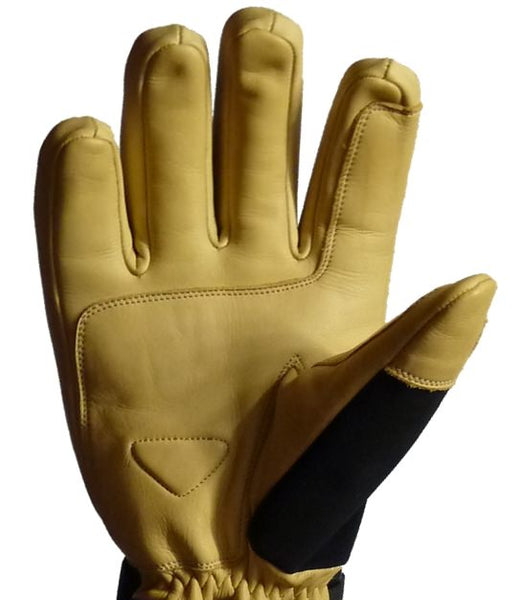
But, not all leather ski gloves are created equal.
Here is our guide to help you make an informed buying decision:
1. The type of leather is important.
Three types of leathers are most common: cowhide, goatskin, and deerskin. There are always exceptions based on their treatment, thickness and quality, but in GENERAL:
· Deerskin (typically shiny yellow colored) is the softest and most dexterous, but it gives away significant toughness due to its thinness.
· Goatskin is tougher, but a little less soft and dexterous than deerskin. A great balance which is quite popular.
· Cowhide is by far the toughest, but often gives away a bit of softness and dexterity. The interesting thing (and something to look out for) about cowhide is that the range of thickness and quality vary greatly.
2. The tanning of the leather -How it was made-.
More important than what animal the hide came from, is what type of tanning process it went through when it was made.
Free the Powder uses premium cowhide leather, made from a unique tanning process to maximize grip and toughness, while maintaining the highest possible softness and dexterity. Learn more about tanning and how leather for ski gloves are made.
3. The treatment of the leather surface.
The treatment in-production (tanning) and after-purchase is important. The treatment in-production determines the texture and how water-proof it is. It's a balancing act between the two. Don't let anyone tell you any different. A totally "water-proof" leather is very rigid and does not breathe, making it a poor choice for ski gloves. The softest, most dexterous leather has little or no water-proofing, which is a poor choice as well. The key is making a ski glove as water-repellent as possible without losing too much softness and grip. For after-purchase treatment, it is best to not forget about that balance. Treat gloves regularly, but not too much, and use a good natural beeswax and oils mixture.

4. The weight or thickness.
Thickness of leather is another balancing act. Too thick and it is not dexterous, too thin and it will not be durable. So, the key is tanning and treatment that creates fairly thick, tough leather that is still very soft (We prefer 1-2 mm thickness in Free the Powder Gloves). As far as we know, every other ski glove maker uses less than 1 mm. That's probably more about building in obsolescence (They want them to wear out so you come back and buy more gloves!) .
5. The color
Another balancing act: light colored leather shows it's wear much more and many people don't like it's bold look, but it breathes much better without the pore-clogging dye.
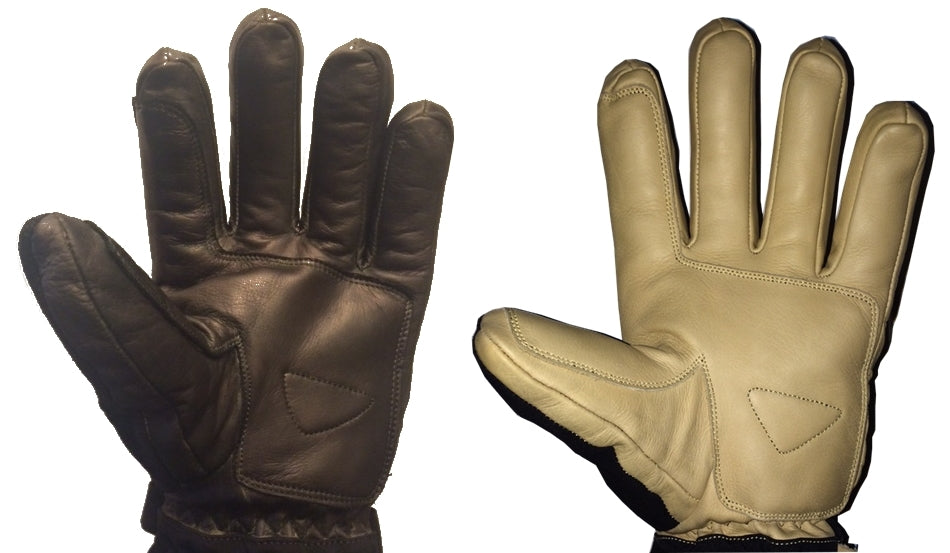
6. The rest of the glove that is not leather.
Most ski gloves use a combination of materials in their construction -leather on the palms and synthetics (nylon) on the rest of the glove-. This makes the gloves much more breathable and less expensive to make. Ski gloves made from ALL leather look great, but do not do as well on most measures of performance. The key here is whether the stitching between the leather and synthetic is tough and skilled.

7. Reinforcement in high wear areas.
The placement of reinforcement patches is therefore essential. See our Guide making tough ski gloves
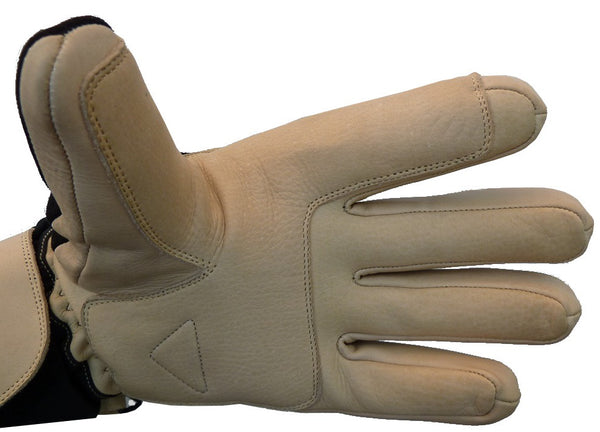
8. Last and perhaps most important, the type and quality of stitching in the leather ski glove.
Tough nylon (perhaps Kevlar®) stitching with great skill is the rule.
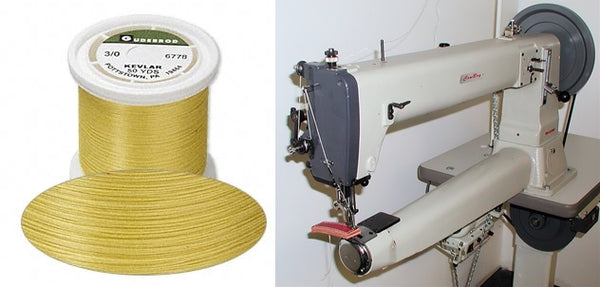
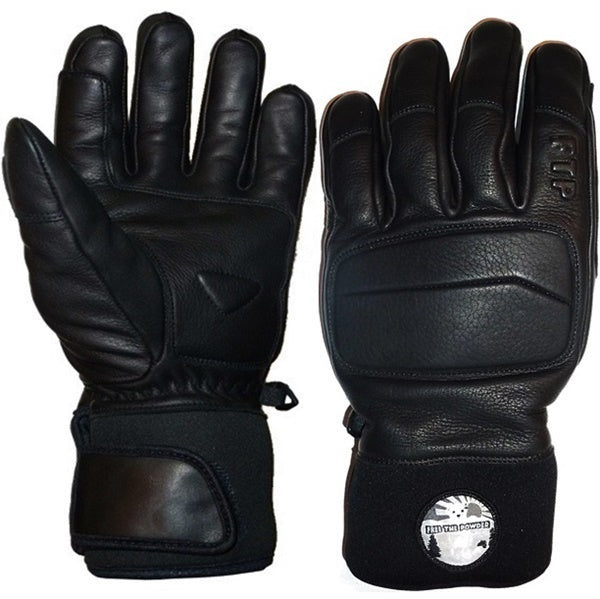
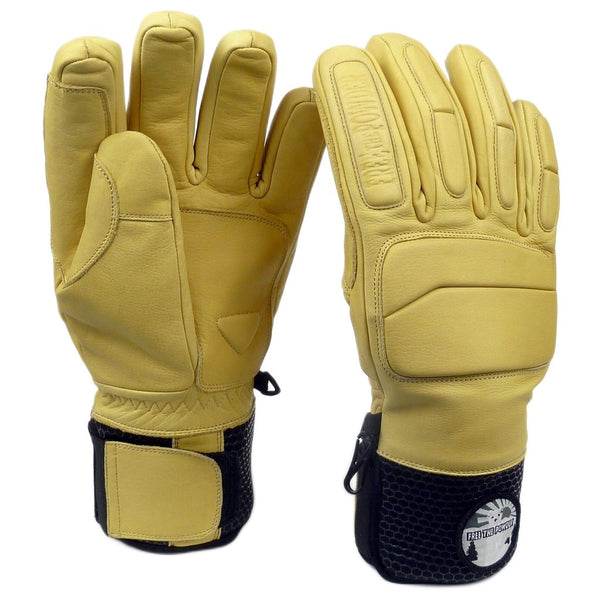
- Learn about Free the Powder's Primo Leather
- Guide to leather care for ski gloves
- Learn about Free the Powder Leather Treatment
- Guide to ingredient in leather treatments
- Lanolin in leather treatments?
- Applying leather treatment to ski gloves
- Read our Guide to Drying Leather Ski Gloves
- Read our Guide to Cleaning Leather Ski Gloves

